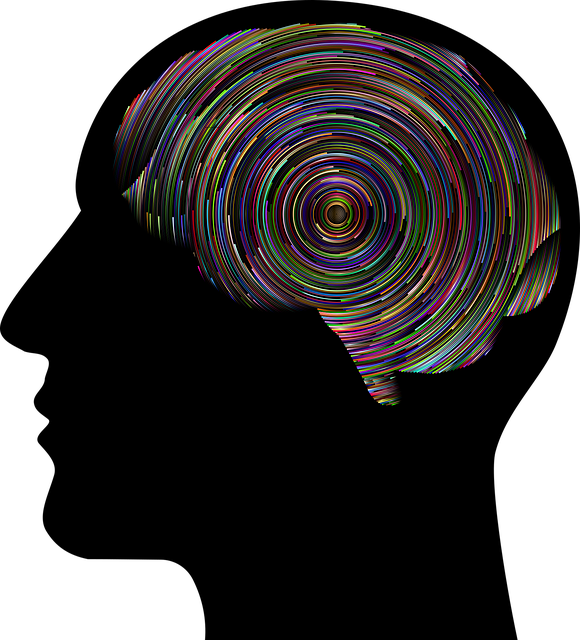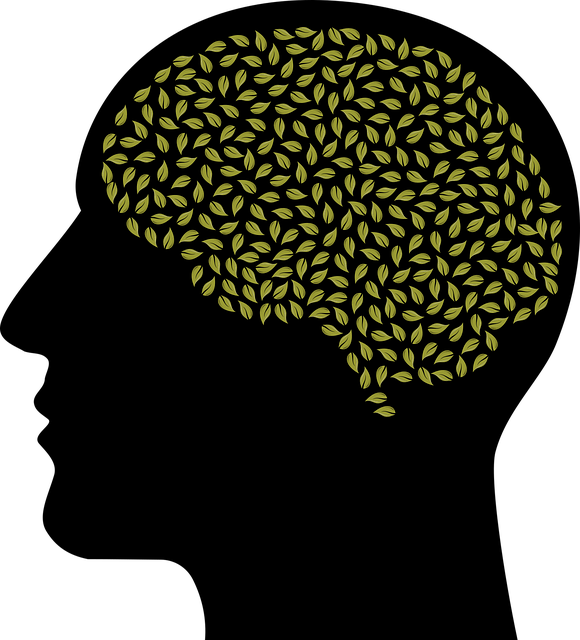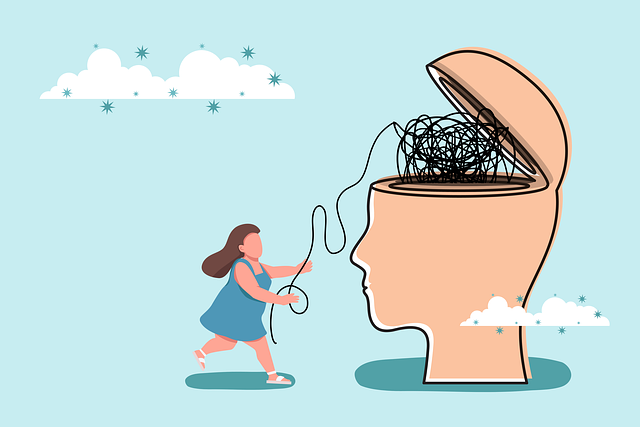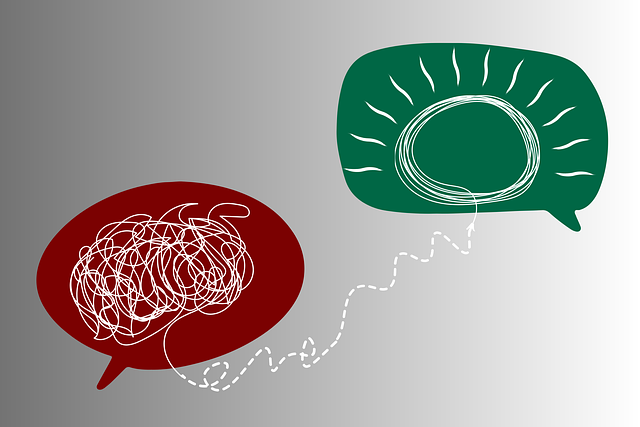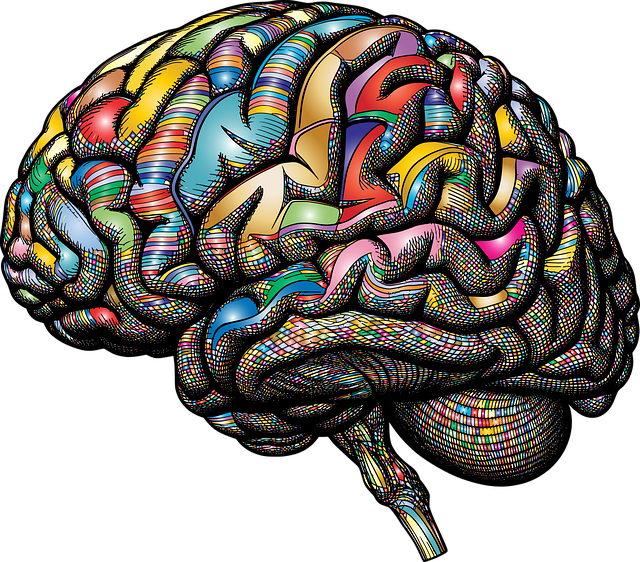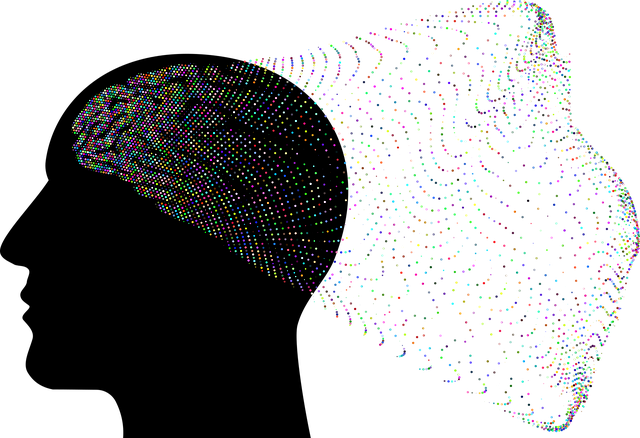Wheat Ridge ADD-ADHD Therapy employs a comprehensive evaluation process using both quantitative (surveys, stats) and qualitative (interviews, focus groups) methods to ensure program effectiveness. Their advanced assessment tools personalize treatment plans for clients with ADD/ADHD, addressing broader mental wellness aspects. They go beyond satisfaction surveys by tracking changes in emotional intelligence, regulation, and stress management skills using standardized tools from leading organizations, facilitating continuous improvement. Regular evaluations and patient feedback adapt therapeutic approaches, enhancing treatment quality and improving outcomes.
Mental wellness programs, such as Wheat Ridge ADD-ADHD Therapy, require rigorous evaluation to ensure effectiveness. This article explores various methods for assessing these programs, from qualitative and quantitative approaches to measuring impact and success. We delve into the importance of continuous improvement through feedback loops, highlighting best practices learned from Wheat Ridge ADD-ADHD Therapy. Understanding these evaluation methods is crucial for optimizing mental health care.
- Understanding Mental Wellness Programs and Their Evaluation
- Assessment Tools for Wheat Ridge ADD-ADHD Therapy
- Qualitative vs Quantitative Evaluation Methods
- Measuring Program Impact and Success
- Continuous Improvement: Feedback Loops in Mental Health Care
Understanding Mental Wellness Programs and Their Evaluation

Mental wellness programs are designed to support individuals in managing and improving their mental health. These initiatives can include therapeutic interventions such as Wheat Ridge ADD-ADHD therapy, social skills training, and various mental illness stigma reduction efforts. The evaluation of such programs is crucial for understanding their effectiveness and impact. It involves assessing the program’s success in achieving its intended goals, such as enhancing emotional well-being, improving coping strategies, or fostering better social interactions.
Evaluation methods range from quantitative measures like surveys and statistical analyses to qualitative approaches including interviews and focus groups. A comprehensive evaluation considers both participant outcomes and program implementation details. For instance, a Mental Wellness Podcast Series Production might evaluate listener engagement and the types of mental health topics discussed, while also examining production quality and accessibility. This dual approach ensures that programs are not only beneficial but also tailored to meet the diverse needs of those seeking support for their mental wellness.
Assessment Tools for Wheat Ridge ADD-ADHD Therapy

Wheat Ridge ADD-ADHD Therapy leverages a diverse array of assessment tools to tailor treatment plans for each client’s unique needs. These tools encompass structured interviews, standardized questionnaires, and observation techniques designed to pinpoint specific symptoms and impairments associated with Attention Deficit Disorder (ADD) or Attention Deficit Hyperactivity Disorder (ADHD). By employing these methods, therapists gain valuable insights into clients’ daily functioning, academic performance, and interpersonal relationships, enabling them to develop comprehensive strategies that promote self-care routine development for better mental health.
Beyond addressing core symptoms, the assessment process often delves into broader aspects of mental wellness, including self-esteem improvement and advocacy for appropriate Mental Health Policy Analysis. This holistic approach ensures that clients not only manage their ADD-ADHD but also cultivate coping mechanisms that enhance overall well-being. Effective assessment is thus pivotal in guiding evidence-based practices and fostering positive outcomes within Wheat Ridge ADD-ADHD Therapy.
Qualitative vs Quantitative Evaluation Methods

In evaluating mental wellness programs, researchers often find themselves torn between qualitative and quantitative methods. Qualitative evaluations provide deep insights into participants’ experiences, perspectives, and emotions. Through techniques like interviews, focus groups, and observations, Wheat Ridge ADD-ADHD Therapy has seen success in understanding the nuanced impact of their programs on individuals’ lives. This approach allows for rich data that can inform program improvements and offer a holistic view of mental health.
On the other hand, quantitative methods employ statistical analysis of numerical data to draw generalizable conclusions. Surveys, rating scales, and performance metrics are commonly used tools in this category. While they may not capture the depth of qualitative findings, quantitative evaluations are essential for measuring program effectiveness on a larger scale. For instance, assessing the success rates of Depression Prevention initiatives or tracking changes in Self-Care Practices through survey data can provide crucial insights for Mental Health Education Programs Design.
Measuring Program Impact and Success

Measuring the impact and success of a mental wellness program is paramount to understanding its effectiveness. At Wheat Ridge ADD-ADHD Therapy, we employ robust evaluation methods that go beyond simple participant satisfaction surveys. By integrating metrics that assess changes in emotional intelligence and emotional regulation, as well as improvements in stress management skills, we gain a holistic view of each individual’s progress.
These assessments often include pre- and post-program comparisons, utilizing standardized tools developed by leading organizations specializing in mental health. The data collected enables us to track specific behaviors, attitudes, and responses that directly correlate with the program’s outcomes. This approach allows for continuous improvement, ensuring our services remain relevant and impactful in helping individuals develop essential life skills, such as emotional intelligence and stress management, that extend far beyond the therapy room.
Continuous Improvement: Feedback Loops in Mental Health Care

In the realm of mental wellness programs, continuous improvement is paramount to ensuring effective care, particularly in specialized areas like Wheat Ridge ADD-ADHD Therapy. Feedback loops are integral to this process, allowing for adjustments and adaptations based on client progress and outcomes. Through regular evaluations and patient feedback, therapists can identify what’s working and what needs refining. This dynamic approach leverages the power of compassion cultivation practices and stress reduction methods, fostering an environment where emotional healing processes can thrive.
By integrating feedback into their practice, mental health care providers create a cycle that enhances treatment quality. This involves not only adjusting therapeutic techniques but also tailoring support to individual needs. Such continuous improvement benefits clients by potentially increasing satisfaction, engagement, and ultimately, positive outcomes in their Wheat Ridge ADD-ADHD Therapy journey.
Mental wellness programs, including Wheat Ridge ADD-ADHD Therapy, require robust evaluation methods to measure effectiveness and ensure continuous improvement. By employing a mix of qualitative and quantitative assessment tools, we can gain valuable insights into program impact and success. Integrating feedback loops into mental health care allows for dynamic adjustments based on data-driven evidence, ultimately enhancing the overall wellness outcomes for individuals seeking support. This comprehensive approach ensures that programs like Wheat Ridge ADD-ADHD Therapy remain tailored to meet the evolving needs of those they serve.
